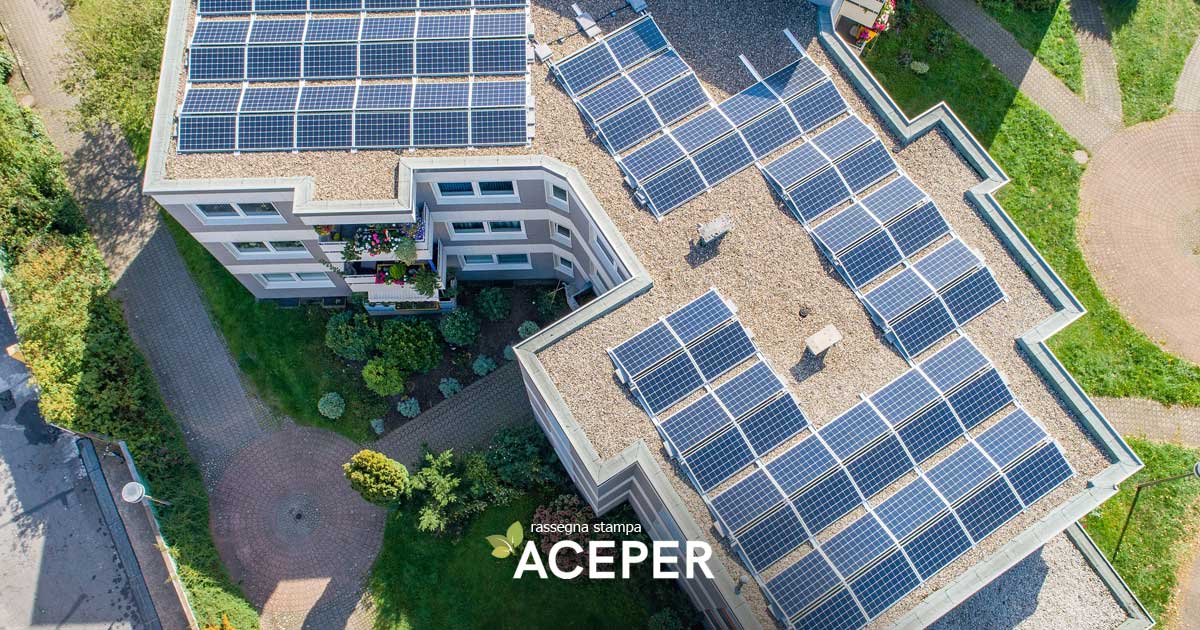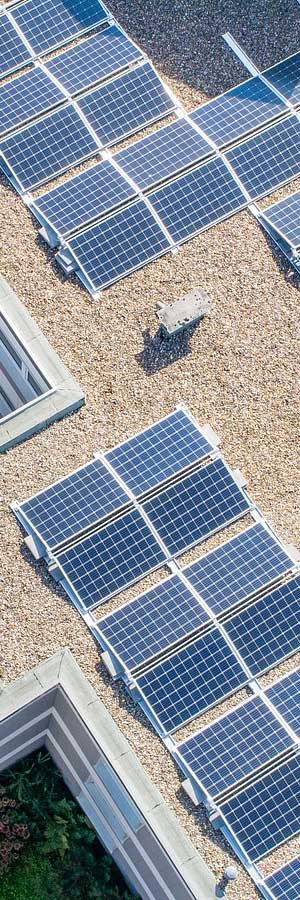7 March 2023

The President of the Association of Consumers and Producers of Renewable Energy: «Solar power would have an immediate effect on high utility bills, reducing costs by 40% to 70%. With an average cost reduction of 50%, Italian households could save around 24 billion euros. Unfortunately, bureaucracy and the instability of Italian governments are slowing down the shift towards renewables».
According to Veronica Pitea, President of ACEPER (Association of Consumers and Producers of Renewable Energies), the organization that brings together 10,000 renewable energy production facilities, representing over 7,000 members with a total installed capacity exceeding 2 GWp, there are significant issues in the sector in our country: “We need to address important problems such as: the production of the raw materials necessary for our work, the labor needed to do it, and the disposal methods for batteries and panels at the end of their life. Unfortunately, in Italy – continues Pitea – bureaucracy, but especially the instability of our governments, slows down the massive installation of photovoltaic panels and the shift towards renewables. With measures like the ‘Save Italy’ decree, the spreading of incentives, Tremonti environment, excess profits, investors often find themselves facing new expenses and having to revise business plans because the state promises things but then, with each change in government, what was proposed before becomes a ‘broken promise.'”
President Pitea then addresses the issue of the EU’s new “green” directives, which require all residential buildings to be upgraded to class E by 2030: “The main problem is that over 60% of our buildings are in classes F/G, not to mention that the next step would be to bring them up to class D… To achieve these levels, we would need to imagine a completely transformed Italy. Let’s say we would need something like 110% multiplied probably by 1000. Then, we have another problem in Italy: according to the Agency of the Territory, there are about 2 million ghost houses, and over 35% of the buildings registered in the land registry have been constructed without complying with regulations. First, we need to address these issues to ‘give a new face in terms of efficiency’: will we be able to do it by 2030? We definitely need to align ourselves with the demands that the Earth itself is making; it’s no longer a matter of imposed rules but of necessity, and as a result, we will have to address it in some way.”
Veronica Pitea estimates that a significant workforce will be needed for this transition required by the EU: “Today, with the current demand in the photovoltaic sector, we are already short about 500,000 workers; if we consider that by 2030 we must strictly adhere to the European Union’s timelines, we will likely need at least another 3 million. Certainly, many workers, electricians, engineers, surveyors, architects, and construction sector employees will be needed. In all regions, without exception.”
Finally, regarding the UN’s announcement that the ozone hole will close within 20 years, ACEPER’s President comments: “Photovoltaics could accelerate this change because it reduces CO2 emissions, one of the main causes of the ozone hole. To produce one kilowatt-hour of electricity, an average of 2.56 kWh of fossil fuels are burned, resulting in approximately 0.53 kg of carbon dioxide emitted into the air. Therefore, it can be said that each kWh produced by the photovoltaic system avoids the emission of 0.53 kg of CO2. Considering that out of 14 million buildings (registered), we have just over 1 million systems…“, concludes Veronica Pitea.
See here the article from Elettro News dated 16/01/2023
“Source Elettro News”

Press review
For information


